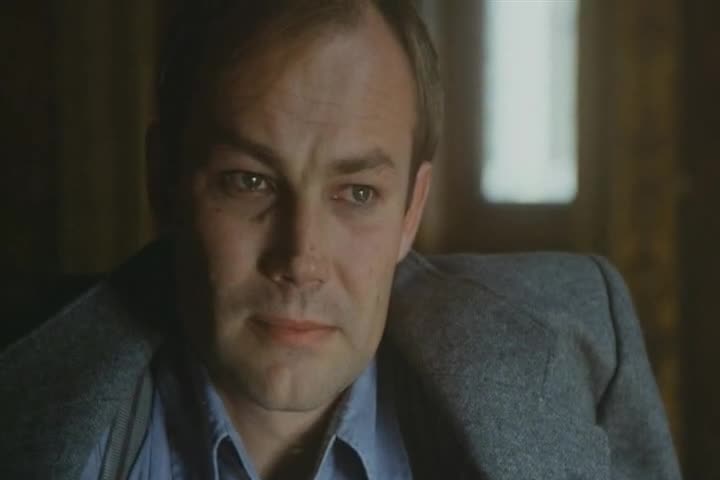The Gaggle Music Club: "The Planets" By Gustav Holst
This week's selection for The Gaggle Music Club is "The Planets" by Gustav Holst. Composed between 1914 and 1917, the work was first performed on Sept. 29, 1918, by a specially assembled ensemble from the Royal Philharmonic Society, with conductor Sir Adrian Boult.
The composition, one of the most iconic and influential orchestral suites of the 20th century, was inspired not by astronomy or mythology but by astrology. Holst had developed a deep interest in theosophy and astrology around 1912, influenced in part by his friend Clifford Bax (brother of composer Arnold Bax), and by the writings of astrologer Alan Leo. Holst once said: “These pieces are not descriptive. They are mood pictures and the moods were suggested to me by the astrological significance of the planets.”
Holst began work on The Planets in 1914, just as World War I broke out. At the time, he was working as a music teacher at St. Paul's Girls' School in London and at Morley College. His health was poor—he suffered from neuritis in his right arm—and he found composition easier than conducting or performing. Holst composed the suite during breaks from teaching. It was written gradually, one movement at a time, with no commission or specific performance in view.
The suite consists of seven movements, each named for a planet of the Solar System (excluding Earth) and subtitled with a characteristic derived from astrology:
1. Mars, the Bringer of War: Aggressive and relentless, depicting the machinery of war. Understandably, this movement came to be seen as the musical expression of the battles of World War I.
2. Venus, the Bringer of Peace: Lyrical, slow, and serene—an antithesis to Mars. Features solo horn, violin and celesta.
3. Mercury, the Winged Messenger: Fast, fleet-footed and shimmering, with constant shifts of key and rhythm, evoking lightness and speed.
4. Jupiter, the Bringer of Jollity: Jovial, festive and energetic, containing the hymn-like middle section later adapted into the hymn “I Vow to Thee, My Country.”
5. Saturn, the Bringer of Old Age: Slow, solemn and majestic, building to a climactic bell toll, then receding into resignation and peace.
6. Uranus, the Magician: Striking brass chords and whimsical elements suggesting trickery and surprise, depicting a sorcerer.
7. Neptune, the Mystic: Ethereal and otherworldly, featuring wordless female chorus offstage, fading into silence.
Holst prioritized color, texture and mood over harmonic unity. Throughout the composition, there is a progression of ideas: From the violence of Mars to the cosmic fading of Neptune, the suite moves from the material to the metaphysical. Holst's orchestration is dazzling. The massive orchestra includes celesta, two harps, bass flute, organ and offstage chorus. In addition, the rhythm and meter are complex and innovative.
Born in Cheltenham, Essex, Holst was educated at the Royal College of Music and worked primarily as a teacher and music educator. The Planets is Holst's most well-known composition, though he himself disliked its fame, which he believed distracted from his other work. After the war, Holst explored more austere, introspective styles (e.g., Egdon Heath and The Hymn of Jesus), and he never returned to the romantic flamboyance of The Planets.
The Planets anticipated many of the techniques later associated with film scores. John Williams’s Star Wars music shows direct influence from Mars, Jupiter and Neptune. The use of extended orchestration, unusual meters and mood painting influenced composers from Benjamin Britten to Leonard Bernstein.
Gustav Holst's The Planets is both a musical portrait of astrological archetypes and a deeply innovative orchestral suite that expanded the expressive range of modern orchestral music. It links pre-war Romanticism with modernism, and has had lasting impact far beyond Holst’s modest expectations.
This performance by the National Youth Orchestra from the 2016 Proms is conducted by Edward Gardner















